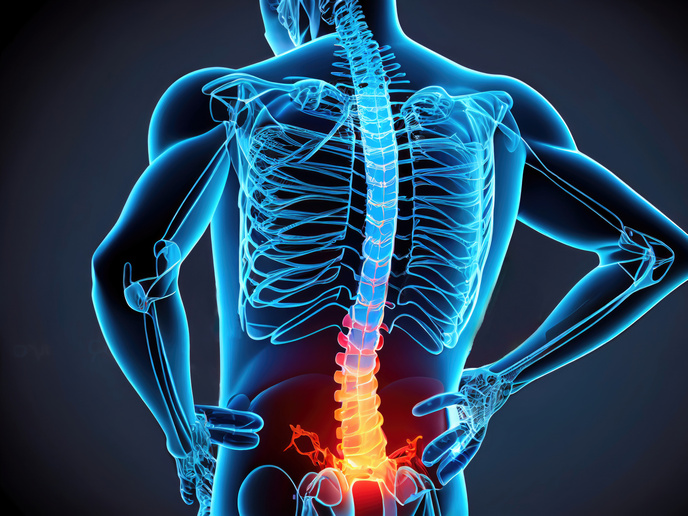Extracellular matrix-based scaffold could help treat multiple sclerosis
Multiple sclerosis (MS) is a chronic inflammatory disease of the central nervous system (CNS) where the myelin sheath(opens in new window) which protects neurons is damaged (demyelination). Impairing nerve signalling, this causes a range of debilitating symptoms – compromising cognition, movement and sensation, amongst other functions. With no cure, injectable or oral drugs can only slow disease progress and return function after attacks. However, these can have severe side effects, so treatment often has to be tailored. The EU-supported Multiple Sclerosis project developed a biological scaffold that can decrease the damage caused by the neuroinflammation associated with MS. The scaffold was built from the extracellular matrix(opens in new window) (ECM), a naturally occurring network of molecules, such as collagen and enzymes, that provide structural and biochemical support to cells. “This could potentially reduce both the severity and frequency of MS attacks,” says Marie Skłodowska-Curie fellow Sergio Martin Saldaña from the National University of Ireland, Galway(opens in new window), the project host. The approach could also avoid ECM scarring in the demyelinated nerve fibres known as axons. “To the best of our knowledge, we have set out for the first time an effective ECM-based biomaterial therapy to treat progressive MS,” adds Abhay Pandit, the project supervisor.
Finding the ECM scaffold with suitable biomechanical properties
The Multiple Sclerosis project was inspired by studies which showed the critical role that the ECM plays in maintaining the CNS. As well as containing several molecules, the main components of the neural ECM include polymers, such as chondroitin sulfate proteoglycans(opens in new window) and hyaluronic acid(opens in new window), which are synthesised by both neurons and non-neuronal cells known as glial cells(opens in new window). These molecules are regulated in normal physiological conditions but are ‘upregulated’ during neuroinflammation and neurodegeneration, meaning that cellular activity is increased, causing damage. “We hypothesised that an ECM-based approach would be patient-friendly and could potentially downregulate ECM changes after an MS attack,” says Pandit. The team experimented with different ECM-like scaffold formulations using a novel approach based on polymers synthesised by astrocyte(opens in new window) cells during the relapsing-remitting (RRMS) phase. RRMS is the most common form of the disease. This stage is characterised by temporary periods of relapses or flare-ups, when new symptoms appear. In response, glial cells secret ECM polymers to recover CNS equilibrium by downregulating the inflammatory response. To simulate how the ECM-based scaffolds might degrade within the CNS, they were placed in artificial cerebrospinal fluid and assessed using rheology and electron microscopy over a month. To test the effectiveness of the treatment and evaluate the scaffold’s compatibility, in vitro studies were conducted with a range of brain cells. Applying pharmacology techniques and in vitro imaging, the team found that up to 7 days none of the formulations had caused adverse effects. Crucially, by interacting with membrane receptors in glial cells, the ECM-based scaffold had promoted an anti-inflammatory version of those cells. Immunocytochemistry(opens in new window) confirmed reduced inflammation in the mixed glial cells compared to control groups. “Our results suggest that our approach can have a modulatory effect on an MS attack, downregulating inflammation, and so reduce symptoms,” explains Martin Saldaña.
Fast availability
MS is the most common neurological disorder among young adults, affecting over 700 000 people in Europe(opens in new window). Impacting everyday functioning, it significantly reduces quality of life. “The next step will be to confirm our promising results in a preclinical MS-like animal models. The technology could be available quickly as the matrix is already approved for use clinically in other applications,” concludes Pandit.







